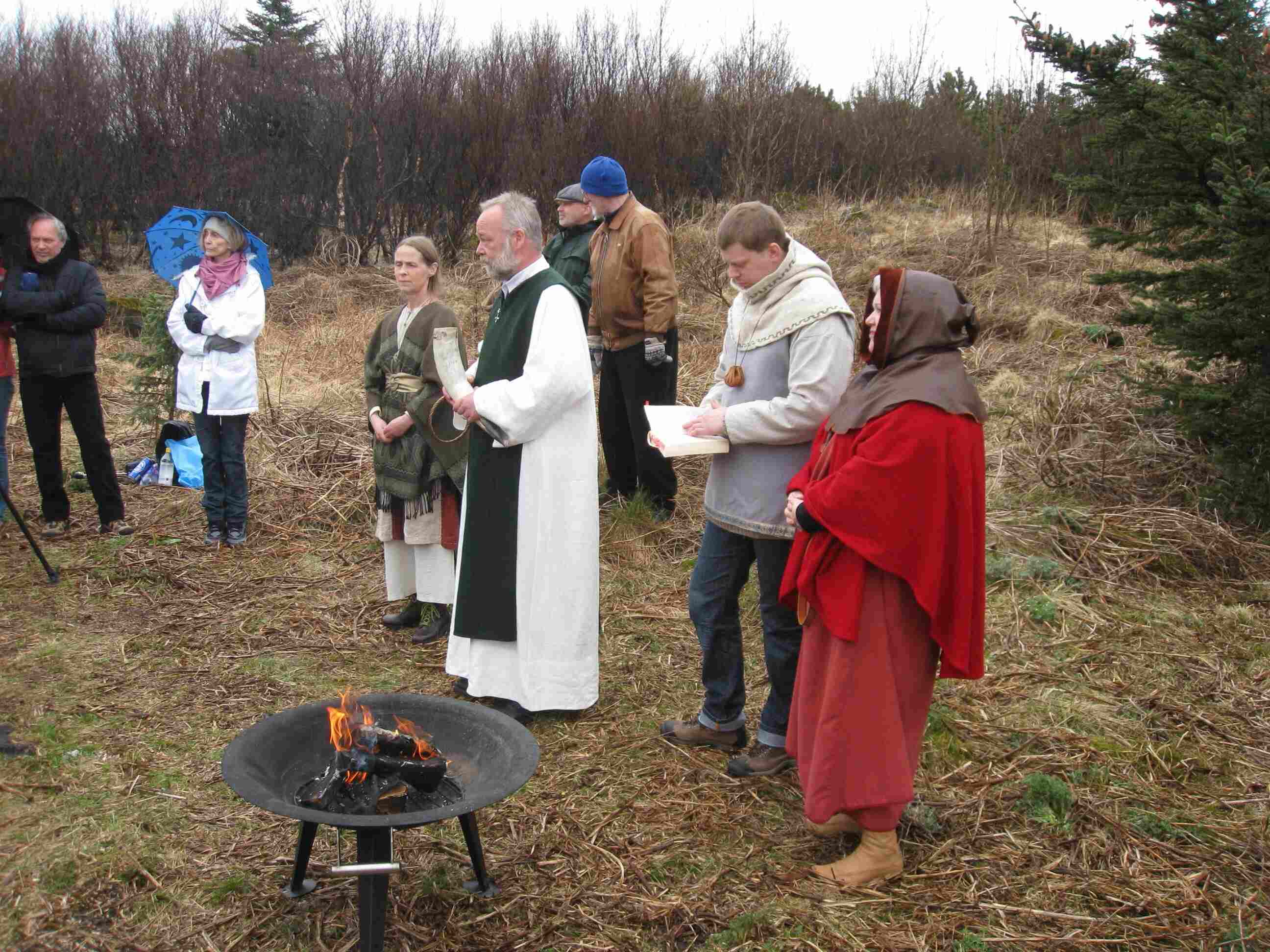
What is Asatru? Asatru is a modern revival of ancient Norse paganism. Rooted in the myths and legends of the Viking Age, it celebrates gods like Odin, Thor, and Freyja. Why is Asatru important? It connects people to their heritage, offering a spiritual path that honors nature, ancestors, and the cycles of life. Who practices Asatru? Followers, known as Asatruar, come from diverse backgrounds but share a common interest in Norse traditions. How is Asatru practiced? Rituals, known as blóts, involve offerings to gods and spirits. Festivals mark seasonal changes, and personal virtues like courage and honor are highly valued. Is Asatru a recognized religion? Yes, it has legal recognition in several countries, including Iceland and the United States.
What is Asatru?
Asatru, also known as Norse Paganism, is a modern revival of the ancient Norse religion practiced by the Vikings. It focuses on the worship of Norse gods and goddesses, as well as honoring ancestors and nature.
- Asatru means "faith in the Æsir," referring to the primary group of gods in Norse mythology.
- The religion was officially recognized in Iceland in 1973, marking a significant revival.
- Asatru practitioners are called Asatruar or Heathens.
- The religion emphasizes a strong connection to nature and the cycles of the seasons.
The Gods and Goddesses of Asatru
The pantheon of Asatru includes a variety of gods and goddesses, each with unique attributes and stories. These deities play a central role in the beliefs and rituals of Asatru.
- Odin, the Allfather, is the chief god known for wisdom, poetry, and war.
- Thor, the god of thunder, is a protector of humanity and a symbol of strength.
- Freyja, a goddess of love, fertility, and battle, is one of the most revered deities.
- Loki, a trickster god, is known for his cunning and unpredictable nature.
Rituals and Practices
Asatru rituals and practices are deeply rooted in ancient traditions. These rituals often involve offerings, prayers, and celebrations that honor the gods, ancestors, and nature.
- Blót is a sacrificial ritual where offerings are made to the gods, spirits, and ancestors.
- Sumbel is a communal drinking ritual where toasts are made to gods, heroes, and personal achievements.
- Seiðr is a form of Norse magic and shamanism practiced by some Asatru followers.
- Many Asatruar celebrate seasonal festivals such as Yule, Ostara, and Midsummer.
Symbols and Artifacts
Symbols and artifacts hold significant meaning in Asatru. They are often used in rituals, worn as jewelry, or displayed as a sign of faith.
- The Mjölnir, Thor's hammer, is a popular symbol of protection and power.
- The Valknut, a symbol associated with Odin, represents the afterlife and the slain warriors.
- Runes, ancient Norse letters, are used for divination and magical purposes.
- Drinking horns are commonly used in rituals like Sumbel to honor the gods and ancestors.
Beliefs and Values
Asatru is not just about worshiping gods; it also encompasses a set of beliefs and values that guide the lives of its followers.
- The Nine Noble Virtues, including courage, truth, and honor, are core ethical guidelines.
- Ancestor worship is a key aspect, emphasizing respect and remembrance of one's forebears.
- The concept of Wyrd, similar to fate, underscores the interconnectedness of all actions and events.
- Hospitality is highly valued, reflecting the importance of community and mutual support.
Modern Asatru Community
The modern Asatru community is diverse and growing, with followers around the world. They come together to share their faith, celebrate rituals, and support one another.
- The Asatru Folk Assembly is one of the largest Asatru organizations in the United States.
- Many Asatruar connect through online forums, social media, and local gatherings.
- Some Asatru groups focus on environmental activism, reflecting their reverence for nature.
- The community often faces misconceptions and works to educate others about their beliefs.
Challenges and Controversies
Like any religion, Asatru faces its share of challenges and controversies. These issues can impact how the faith is perceived and practiced.
- Some extremist groups have misappropriated Asatru symbols, leading to negative associations.
- There is ongoing debate within the community about inclusivity and diversity.
- Legal recognition of Asatru varies by country, affecting the rights of practitioners.
- Efforts to preserve and accurately represent Norse heritage are central to the community's mission.
The Heart of Asatru
Asatru, a modern revival of ancient Norse beliefs, offers a rich tapestry of mythology, rituals, and values. Rooted in honor, courage, and community, it celebrates the Norse gods and goddesses like Odin, Thor, and Freyja. Asatru emphasizes a deep connection to nature and the cycles of life, encouraging followers to live in harmony with the world around them.
The blot and sumbel rituals foster a sense of unity and reverence among practitioners. Asatru's focus on ancestry and heritage provides a meaningful way to connect with the past while navigating the present. Whether you're drawn to its mythological tales, ethical principles, or communal practices, Asatru offers a unique spiritual path that resonates with many in today's world. Embrace the wisdom of the Norse and let it guide your journey.
Was this page helpful?
Our commitment to delivering trustworthy and engaging content is at the heart of what we do. Each fact on our site is contributed by real users like you, bringing a wealth of diverse insights and information. To ensure the highest standards of accuracy and reliability, our dedicated editors meticulously review each submission. This process guarantees that the facts we share are not only fascinating but also credible. Trust in our commitment to quality and authenticity as you explore and learn with us.


